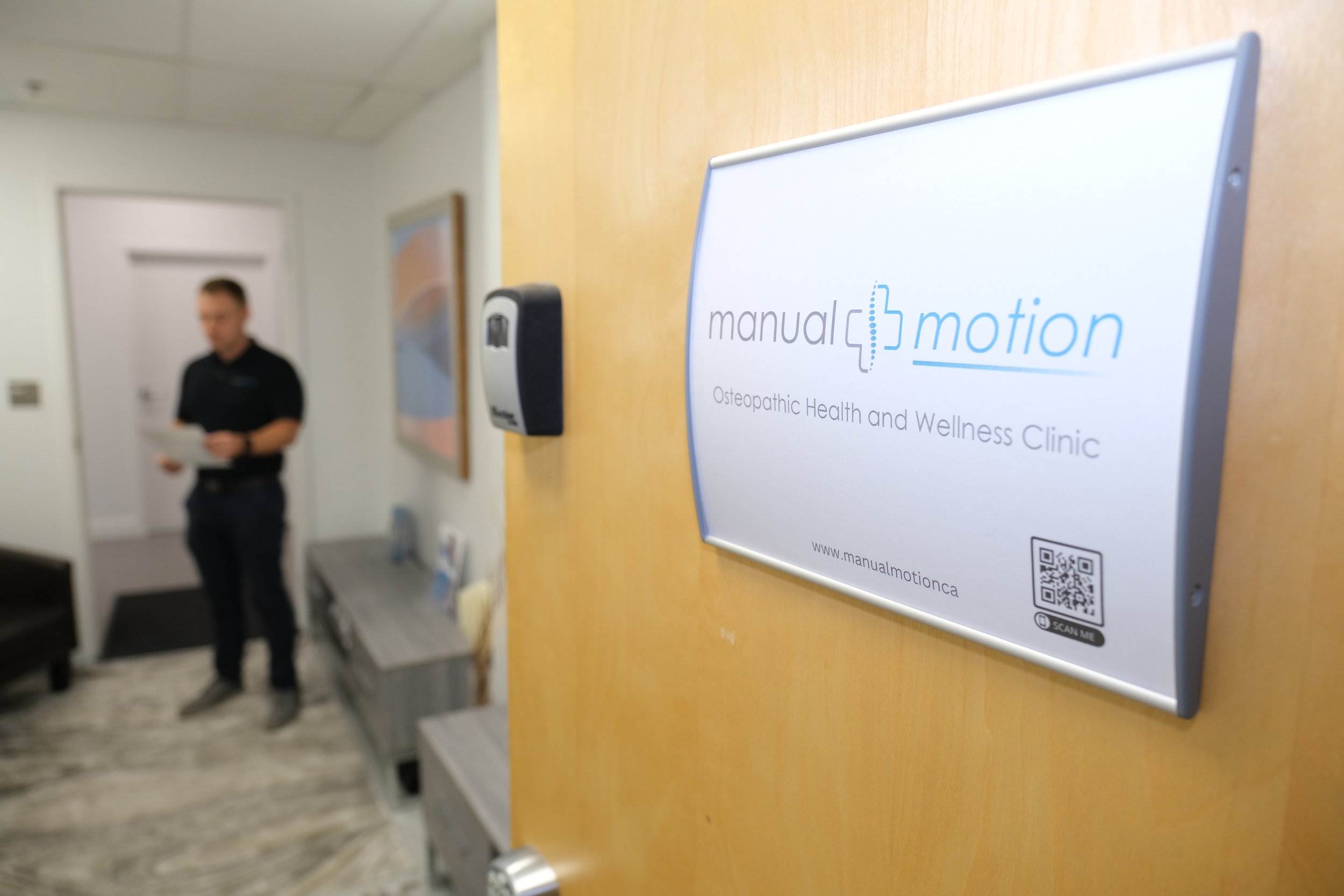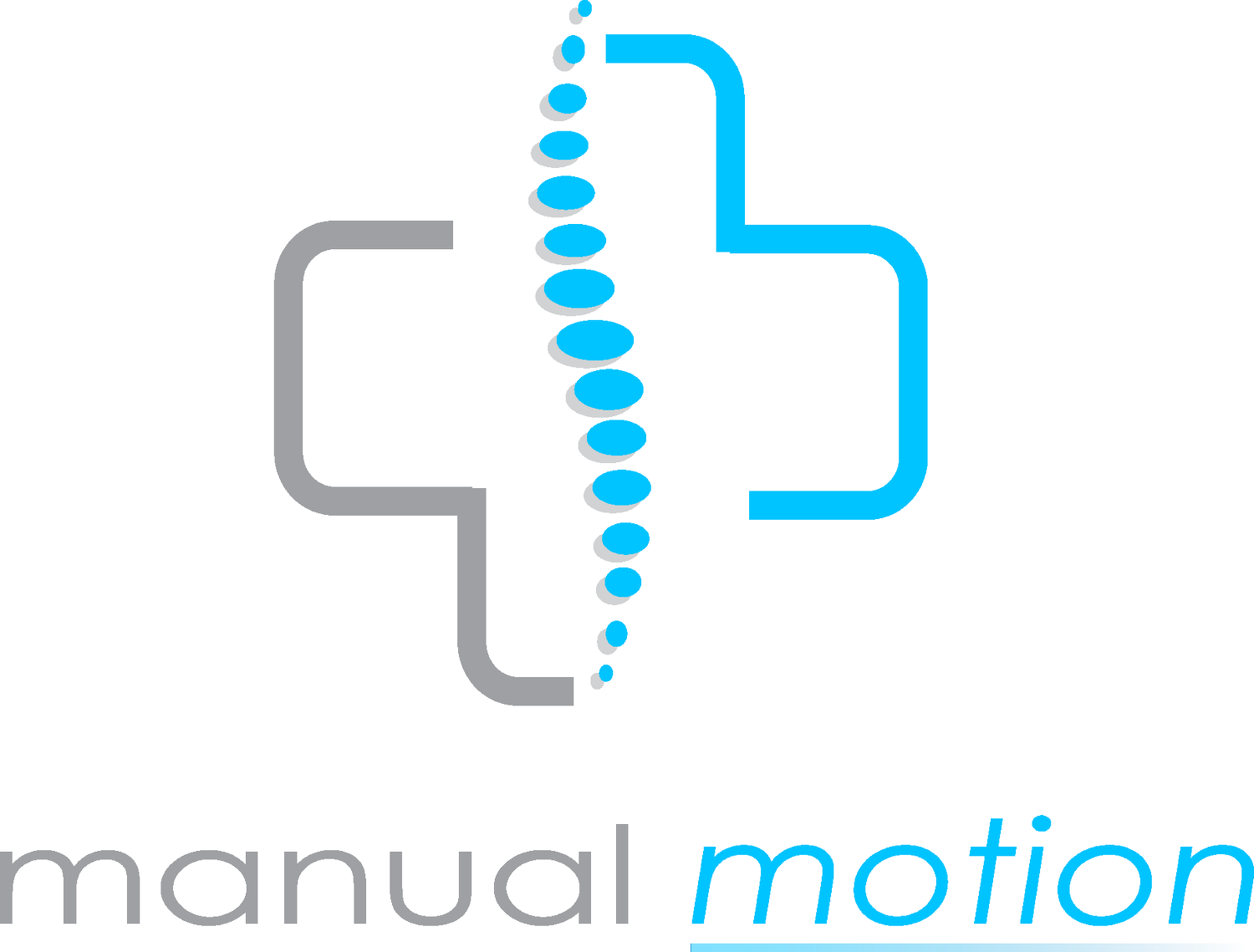
Frequent Questions Asked by our Amazing Patients!
What is Manual Osteopathy?
Osteopathy is a type of alternative medicine that focuses on the musculoskeletal system. It is based on the belief that the body's structure (the bones, joints, muscles, and connective tissue) affects the function of all the body's systems. Osteopathic treatment involves a range of techniques designed to improve the health of joints and muscles and to strengthen the body's framework. These techniques are typically gentle and non-invasive. Osteopathy is often used as a complementary therapy alongside conventional medicine. It is said to be effective in treating a wide range of conditions, including back pain, headaches, and fatigue.
What does a Manual Osteopathic Therapist do?
A manual osteopathic therapist focuses on facilitating the health of joints and muscles through non-invasive manual therapy, helping to strengthen the framework of the body, and acts as a complementary therapy alongside conventional medicine. Osteopathy assists anyone that is suffering from an acute or chronic condition, from low back pain to gastrointestinal issues and helps create a positive outcome for any case.We do not prescribe any medication or diagnosis.
How much do treatments cost?
We are delighted to share that our Osteopathic Clinic is able to maintain a competitive cost for our services, unlike other local clinics in Milton. The usual initial fees ranges from $105 to $150, but because of the shorter initial visit duration and our quality care, our current fee is kept at $120 (Tax Included!) All follow up treatments are 85$. Not only is this cost more affordable than others, but it doesn't compromise on quality: we provide top-notch assessment and treatment every time.
It's all part of our mission to make sure that people in Milton and beyond can access quality healthcare at an affordable price. We thank you for being part of this mission.
Are osteopathic treatments safe?
Osteopathic Manual Therapy is considered one of the safest and most non-invasive forms of alternative medical management. Patients rarely experience side effects.
What can I expect in my first visit
At the time of your appointment, you will be greeted by a practitioner. Once you are in the treatment room, this is our opportunity to talk to you in the confidential and comfortable environment of the room. We listen carefully to the concerns you have and ask questions that help us gain clues as to the cause of your problem. By taking the time to get to know you and your unique situation, we can develop a treatment plan that is tailored specifically for you. With our individualized approach, you can be confident that you are receiving the best possible care.
Your practitioner will then ask you to perform a series of movements in order to assess the range of motion and quality of movement in the affected area. For ease of movement during the assessment and treatment, it is recommended that you wear loose-fitting clothing such as shorts or a t-shirt.
As a patient, you can be confident that you will receive the best possible care from an osteopathic practitioner. The experience and training we have enables us to develop the best possible care plan for you. We may use a variety of hands-on techniques, depending on your needs, and we are always focused on providing the best possible care to help you heal and feel better.
How many treatments will I need?
When you visit a manual osteopath, the focus will be on you as an individual. The practitioner will take into account your unique history, symptoms, and lifestyle factors in order to develop a treatment plan that is specifically tailored to you. In order to successfully surpass your health goals, we prefer to elevate the expectation regarding the number of treatments required. In some cases, 4-8 treatments may be necessary in order to achieve relief from acute pain. However, for more serious conditions that have lasted longer, a series of 6-12 visits may be required.
Is the location easy to get to and have free parking?
Yes! Our location is very easy to get to. It is located along a Milton bus line and theres many open, free parking spots available!
Are manual osteopaths covered under most insurance companies?
Yes, most insurance companies & extended health benefits cover osteopathic treatments. Upon payment, a receipt will be issued to you to submit to your insurance company. Please check with your insurance provider for coverage details as each plan will vary.
What should I wear to a treatment?
It is recommended that you wear loose-fitting and comfortable clothing. For anyone with long hair, a mid-high bun is preferred. Some jewelry such as earrings, watches or long necklaces are recommended to be removed as well.
What should I expect post-treatment?
When treatment is applied to the body, there are structural changes that must settle. This means the body has had imbalances that will need to adjust to its “new normal”. It is common to feel discomfort or some minor physiological changes such as a headache in the following days as the body takes on the treatment.
Is a manual osteopathic practitioner a doctor in Canada?
Manual osteopaths are health care professionals who have completed advanced training in manual osteopathic practice. They use a combination of osteopathic philosophy and manual osteopathic techniques to assess and treat patients. Manual osteopaths are not medical doctors and cannot prescribe medication or perform surgery. However, they can provide a wide range of treatments that can help to improve the overall health of their patients. Manual osteopaths work with patients of all ages, from infants to seniors. They focus on treating the whole person, not just the symptoms of a particular condition. As a result, manual osteopaths play an important role in the treatment of many different health conditions.
What’s the difference between a Chiropractor and an Osteopath?
Osteopathic manual practitioners and chiropractors are both concerned with the health of the spine and joints. Chiropractors focus primarily on the spine and joints, while osteopaths take a more holistic approach. Osteopathic manual practitioners not only treat patients with spinal and joint problems, but they also work with those who have respiratory issues, digestive problems and a variety of other conditions. Osteopaths are trained to consider the body as a whole, not just a collection of isolated parts. As such, they conduct a thorough exam of the entire body when diagnosing a patient's problem. By taking a comprehensive approach to health care, osteopathic manual practitioners are able to provide their patients with comprehensive relief.

